In the annals of British history, few stories combine ornithology, royal privilege, and public outrage quite like the tale of the common sparrow that almost ignited revolutionary sentiments in Victorian England. This seemingly insignificant bird became the unlikely centerpiece of a controversy that challenged the monarchy, inflamed class tensions, and forced a nation to examine its values. The incident, while largely forgotten today, represents a fascinating intersection of natural history, royal protocol, and evolving social attitudes in 19th century Britain. Through this remarkable story, we can observe how even the smallest creatures could become powerful symbols in an era of changing social dynamics and growing public consciousness.
The Royal Sparrow Incident of 1844
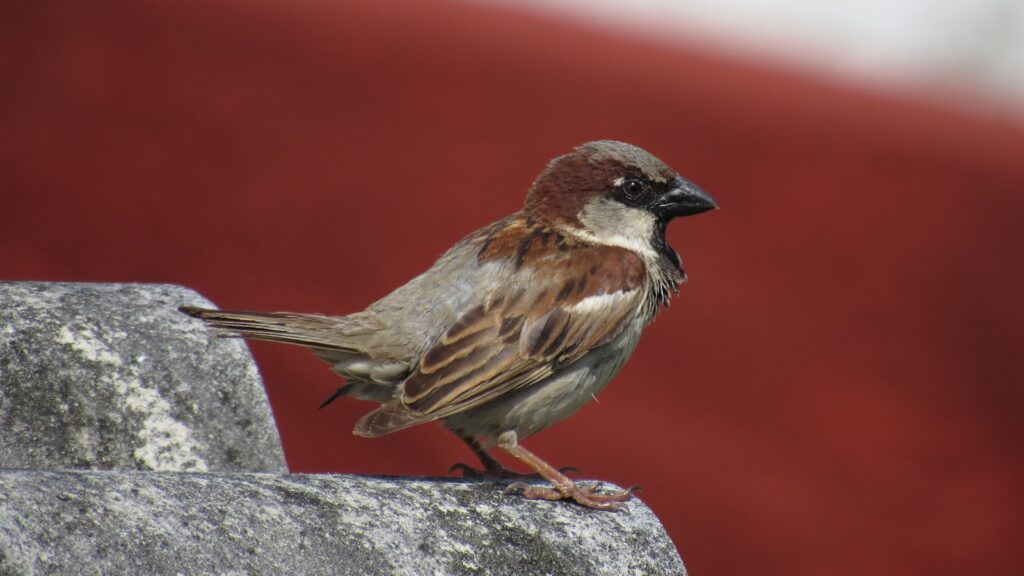
The controversy began on a spring morning in 1844 when Queen Victoria and Prince Albert were enjoying a private breakfast in the gardens of Buckingham Palace. According to royal records and contemporary accounts, a common house sparrow repeatedly disturbed the royal couple by flying close to their table and chirping loudly. After several minutes of irritation, Prince Albert, renowned for his hunting prowess, allegedly drew a small pistol he carried for personal protection and shot the offending bird. The incident might have remained a private royal moment, except that several palace staff witnessed the shooting, and within days, word had spread throughout London. What began as a simple act of royal annoyance quickly transformed into a nationwide scandal that threatened to undermine public support for the monarchy.
Victorian Attitudes Toward Birds and Wildlife
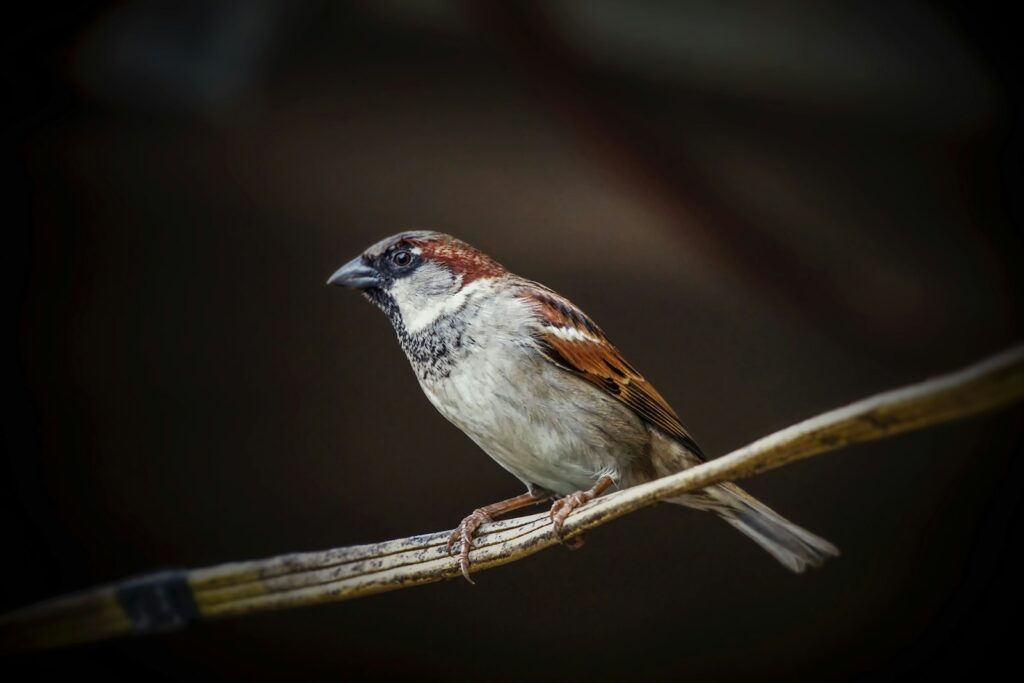
To understand the public reaction, one must first appreciate the complex Victorian relationship with wildlife, particularly birds. The mid-19th century marked a significant shift in British attitudes toward animals. While bird hunting remained a popular aristocratic pursuit, a growing conservation movement had begun to take hold, particularly among the middle classes. Organizations like the Society for the Protection of Birds (later the Royal Society) had started advocating for wildlife protection. Furthermore, songbirds held a special place in Victorian hearts, symbolizing nature’s beauty and resilience in rapidly industrializing cities. The common sparrow, despite being abundant, was seen by many as a cheerful companion in urban settings, representing a connection to the natural world that many Victorians feared losing to progress and industry.
The Symbolic Power of the Sparrow
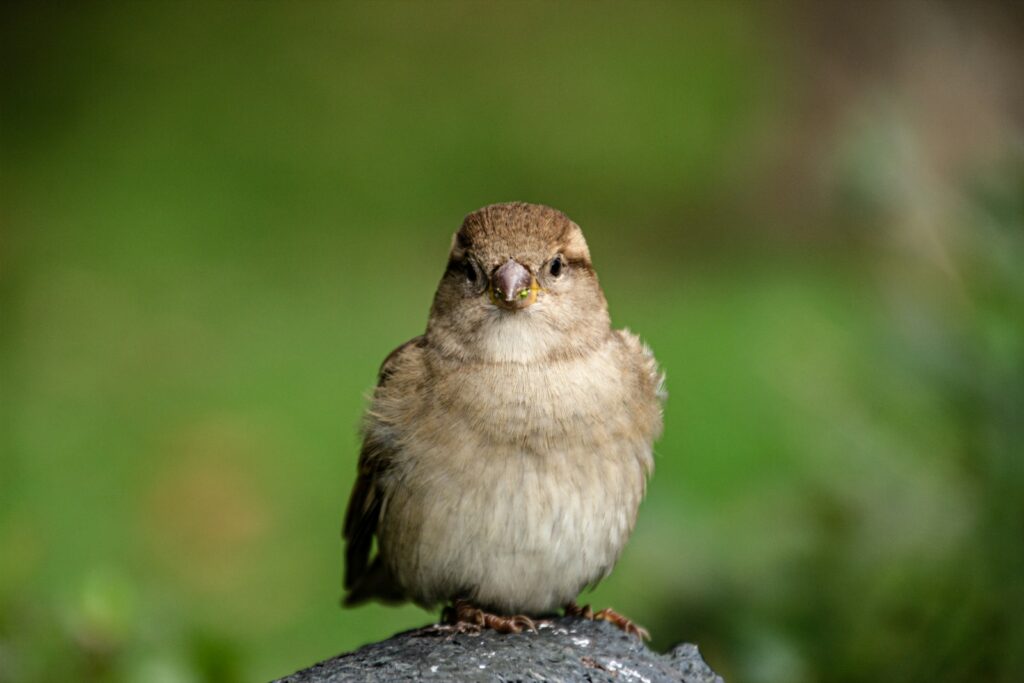
The sparrow itself became an unexpectedly powerful symbol in this controversy. Though humble in appearance, the house sparrow had deep cultural resonance in British society. Biblical references noted God’s care for even the lowliest sparrow, making the bird a potent religious symbol of divine attention to the vulnerable. In folklore, sparrows were associated with the common people – resilient, adaptable, and numerous like the working classes themselves. When Prince Albert shot the sparrow, many interpreted it not merely as cruelty to animals but as a symbolic act of aristocratic disdain for ordinary Britons. The timing proved particularly unfortunate, coming during a period of economic hardship when many working-class families struggled to afford bread, yet witnessed royal extravagance firsthand.
The Press Reaction and Public Outrage
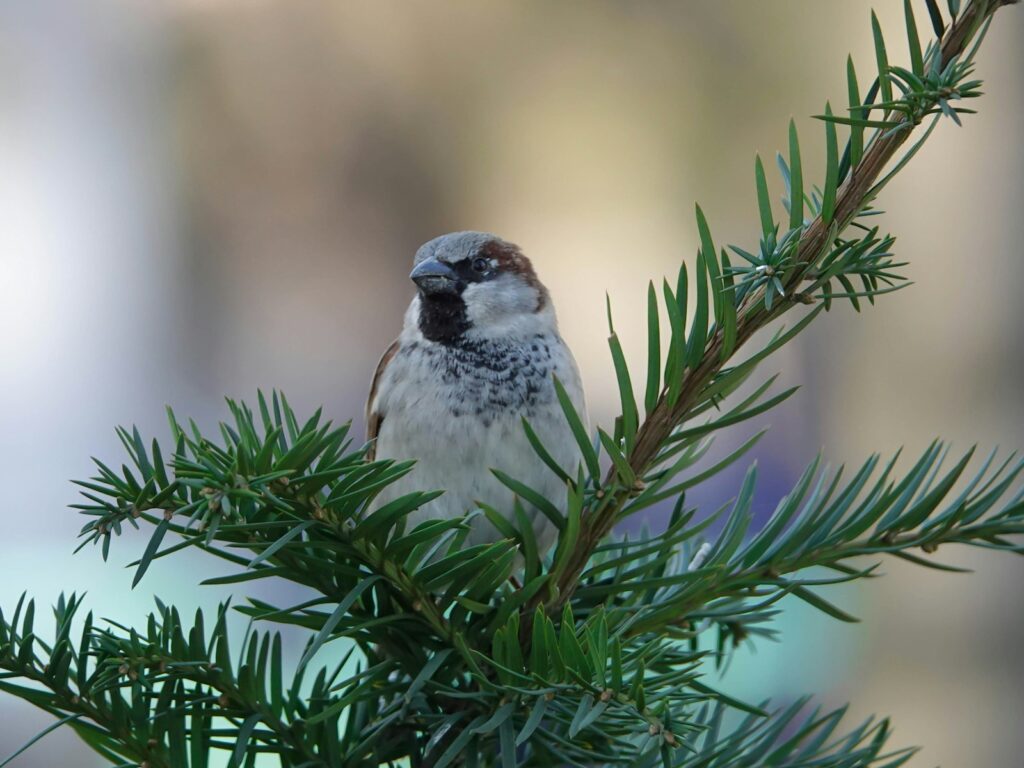
The press seized upon the story with unprecedented vigor, reflecting the expanding influence of newspapers in shaping public opinion. Radical publications like The Northern Star ran scathing editorials condemning the “royal murder of nature’s innocent.” The more moderate Times approached the matter with restrained criticism, questioning the appropriateness of discharging firearms in the royal gardens. Even publications typically loyal to the monarchy expressed disappointment in Prince Albert’s actions. Satirical cartoons depicted an oversized Prince Albert hunting tiny sparrows with absurdly large weapons, while working-class men and women stood by hungrily. The controversy spread beyond London, with reports of public meetings in Manchester, Liverpool, and Edinburgh where speakers condemned the incident as emblematic of aristocratic callousness.
Class Tensions and Social Commentary
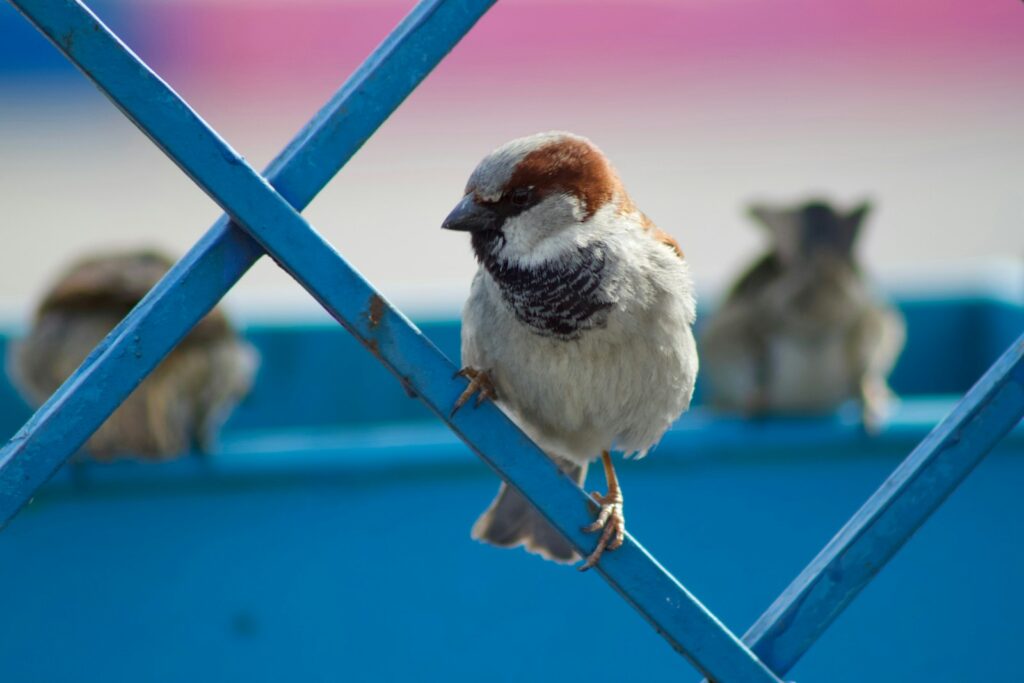
The sparrow incident provided a perfect focal point for existing class tensions in Victorian society. For working-class activists and Chartist sympathizers, the dead bird symbolized how the elite viewed ordinary citizens – as pests to be eliminated when they became inconvenient. Public speakers drew explicit parallels between the sparrow’s fate and recent government crackdowns on worker protests. The incident occurred during the “Hungry Forties,” a period of economic depression and poor harvests that left many working families destitute. The contrast between a royal breakfast interrupted by a bird and workers unable to afford breakfast at all became a powerful narrative. One particularly effective political cartoon showed Queen Victoria dining lavishly while surrounded by dead sparrows, with starving children peering through the palace gates.
The Royal Family’s Response

Initially, the palace attempted to ignore the controversy, believing it would quickly fade from public attention. When the outcry intensified, royal advisors drafted a carefully worded statement expressing Prince Albert’s regret at the “unfortunate necessity” of dispatching the bird, citing concerns about hygiene and disease – a significant worry in an era before modern understanding of germ theory. This response only inflamed tensions further, as critics noted that working-class neighborhoods suffered far more from unhygienic conditions than the palace gardens. Eventually, Queen Victoria herself intervened, recognizing the seriousness of the public relations crisis. In an unprecedented move, she arranged for a private donation to the newly formed Society for the Protection of Birds and ordered the creation of special sparrow feeding areas in the public sections of royal parks – a concession that acknowledged the symbolic importance the incident had assumed.
Political Ramifications and Chartist Exploitation

The Chartist movement, advocating for political reform and working-class suffrage, recognized the propaganda value of the sparrow incident immediately. Chartist newspapers published impassioned editorials connecting the bird’s death to broader issues of social injustice. At rallies throughout industrial centers, Chartist speakers incorporated the sparrow story into demands for democratic reforms. One famous speech in Birmingham drew a direct line from “the royal pistol that silenced the sparrow’s song” to “the legislative weapons that silence the people’s voice.” Government intelligence reports from the period indicate serious concern about how effectively the incident was being used to generate anti-monarchical sentiment. Several Chartist leaders were placed under increased surveillance, and at least two were arrested for “seditious speech” after particularly inflammatory references to the sparrow incident in public addresses.
The Emergence of Animal Protection Sentiment

Beyond its political dimensions, the sparrow controversy accelerated the emerging animal welfare movement in Victorian Britain. The incident occurred at a pivotal moment when attitudes toward animal cruelty were evolving from indifference to moral concern. The Royal Society for the Prevention of Cruelty to Animals, founded in 1824, saw its membership increase dramatically in the weeks following the sparrow incident. Parliamentary discussions about extending animal protection laws gained new urgency, with several MPs explicitly referencing the controversy in debates. The incident particularly galvanized middle-class women, who found in animal protection a socially acceptable form of political engagement. Numerous ladies’ auxiliary groups formed to protect urban birds, establishing feeding programs and educational initiatives about the value of wildlife in cities.
Literary and Cultural Responses
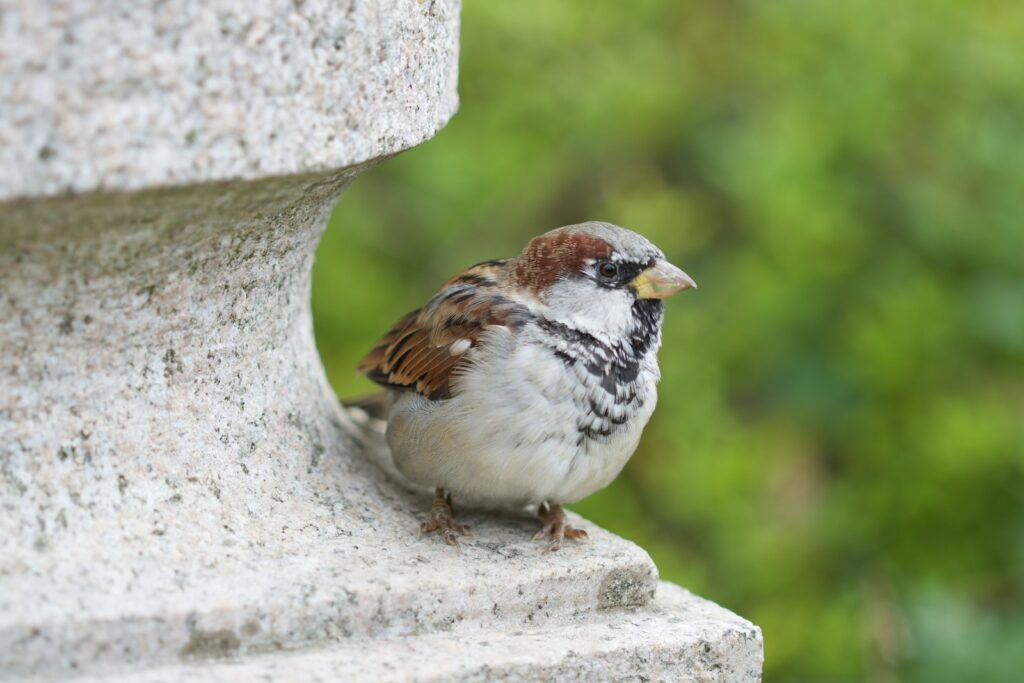
The literary world responded to the controversy with remarkable speed and creativity. Poet Elizabeth Barrett Browning, already known for her social consciousness, penned “The Dead Sparrow,” a barely disguised allegory comparing the bird’s fate to that of the poor. Charles Dickens, ever attentive to social injustice, incorporated a reference to the incident in a serialized novel, featuring a cruel aristocrat shooting birds for amusement while ignoring human suffering nearby. The sparrow incident penetrated popular culture as well, inspiring music hall songs, street performances, and numerous illustrated broadsides. One particularly popular ballad, “The Sparrow’s Lament,” became something of an unofficial anthem at workers’ gatherings, with its refrain lamenting “the mighty gun that felled the smallest wing.”
The Monarchy’s Image Transformation
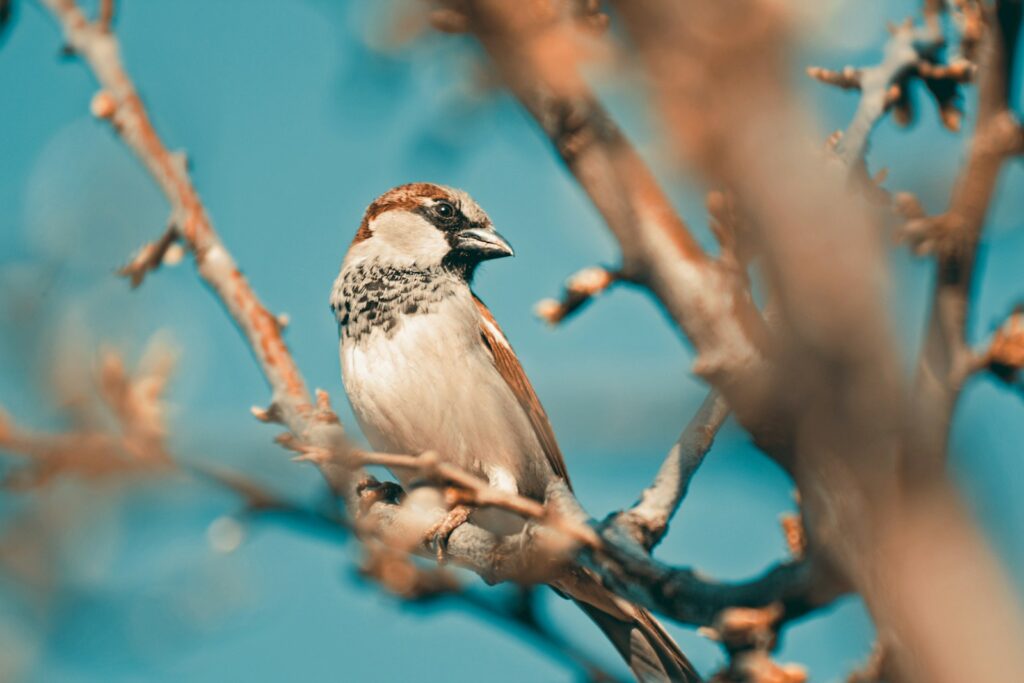
The sparrow incident ultimately contributed to a significant shift in how the monarchy presented itself to the public. Royal advisors recognized that in an era of growing democratic sentiment, the monarchy needed to appear more in touch with ordinary citizens’ values and concerns. Queen Victoria began making more frequent public appearances, particularly at charitable events related to children’s welfare and, notably, animal protection. Prince Albert moderated his hunting activities, at least in public view, and became a patron of several scientific societies studying British wildlife. The royal family also initiated a tradition of “nature walks” through public parks, carefully documented by the press, where they would be seen appreciating rather than harming wildlife. These calculated image adjustments represented an early example of royal public relations adaptation to changing social norms.
Historical Debate: Did It Really Happen?

Modern historians continue to debate the factual accuracy of the sparrow incident. Some royal biographers suggest the event was significantly exaggerated or possibly fabricated entirely by anti-monarchist publications. They point to inconsistencies in contemporary accounts and the absence of specific references in Queen Victoria’s normally detailed journals. Others maintain that the core incident did occur but was probably more mundane than portrayed in public discourse. What remains undisputed is the incident’s cultural and political impact, regardless of its factual basis. Like many historical controversies, the symbolic truth of the event ultimately proved more significant than its literal accuracy. The sparrow affair demonstrates how effectively symbolic incidents could be leveraged for political purposes in an age of expanding press freedom and growing class consciousness.
Legacy and Historical Significance

The sparrow incident’s greatest legacy may be how it reflects the complex interplay between monarchy, media, and public opinion in Victorian Britain. The controversy revealed both the vulnerability of royal privilege to public scrutiny and the monarchy’s growing awareness of the need to respond to public sentiment. It accelerated the development of both animal protection laws and more sophisticated approaches to royal public relations. For historians, the episode provides a fascinating case study in how seemingly minor incidents could become flashpoints for broader social tensions. Though the monarchy survived this challenge to its prestige, the sparrow affair marked an important milestone in the gradual transformation of British royalty from semi-divine rulers to public figures accountable to evolving social standards. The humble sparrow, in death, helped reshape the relationship between crown and public in ways that continue to influence the British monarchy today.
Contemporary Parallels and Enduring Relevance
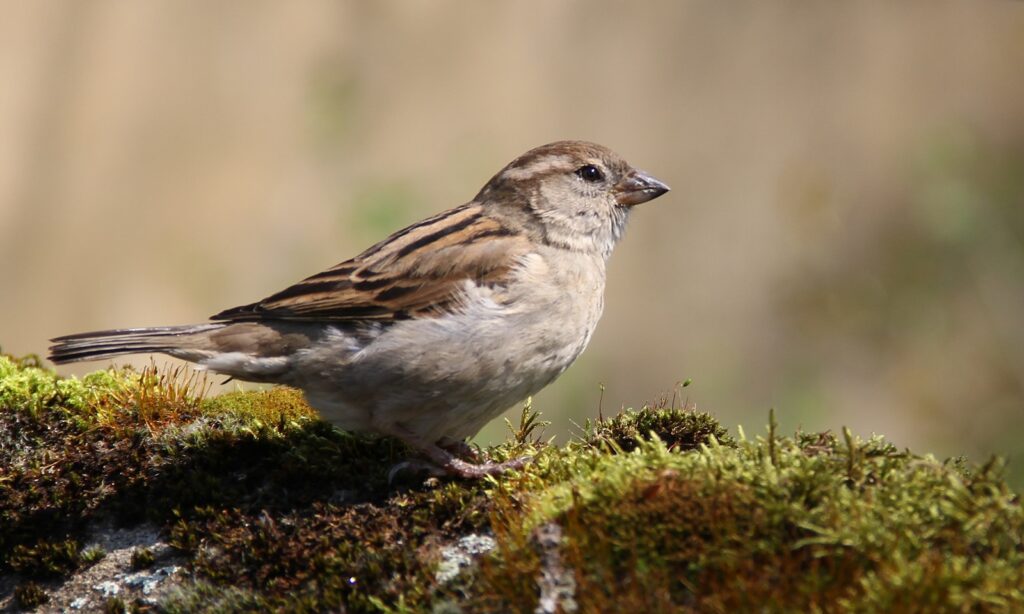
The Victorian sparrow controversy contains striking parallels to modern public relations crises involving prominent figures. Today’s social media outrage cycles follow remarkably similar patterns to the newspaper-driven scandal of 1844, demonstrating the consistent power of symbolic incidents to capture public imagination. The episode also illustrates the enduring tension between privilege and accountability that continues to shape democratic societies. Modern royal families around the world still navigate the delicate balance between traditional privilege and contemporary values, particularly regarding environmental and animal welfare concerns. The sparrow affair reminds us that public figures have always been judged not just by major policy decisions but by seemingly small actions that resonate with deeper social values. In this sense, the nearly-revolutionary bird of Victorian England offers timeless lessons about power, symbolism, and the court of public opinion.
The sparrow that nearly sparked a revolution never knew its historical significance, yet its legacy endures as a reminder of how the smallest creatures can sometimes trigger the largest controversies. In the complex ecosystem of Victorian politics and social change, this humble bird became an unlikely catalyst for evolving attitudes toward both the natural world and the social order. The incident reveals how closely intertwined were the emerging values of animal protection and human rights in the Victorian imagination. While revolution was ultimately averted, the monarchy was forced to adapt to new public expectations – a pattern that continues to define royal existence in democratic societies. The sparrow’s brief flight through history offers us a uniquely revealing window into a pivotal moment when modern sensibilities about power, privilege, and protection of the vulnerable were taking shape.
